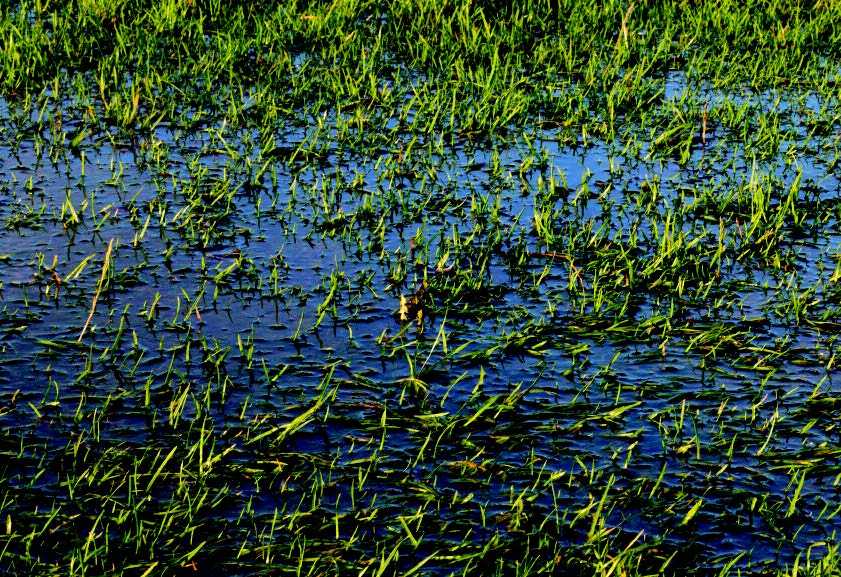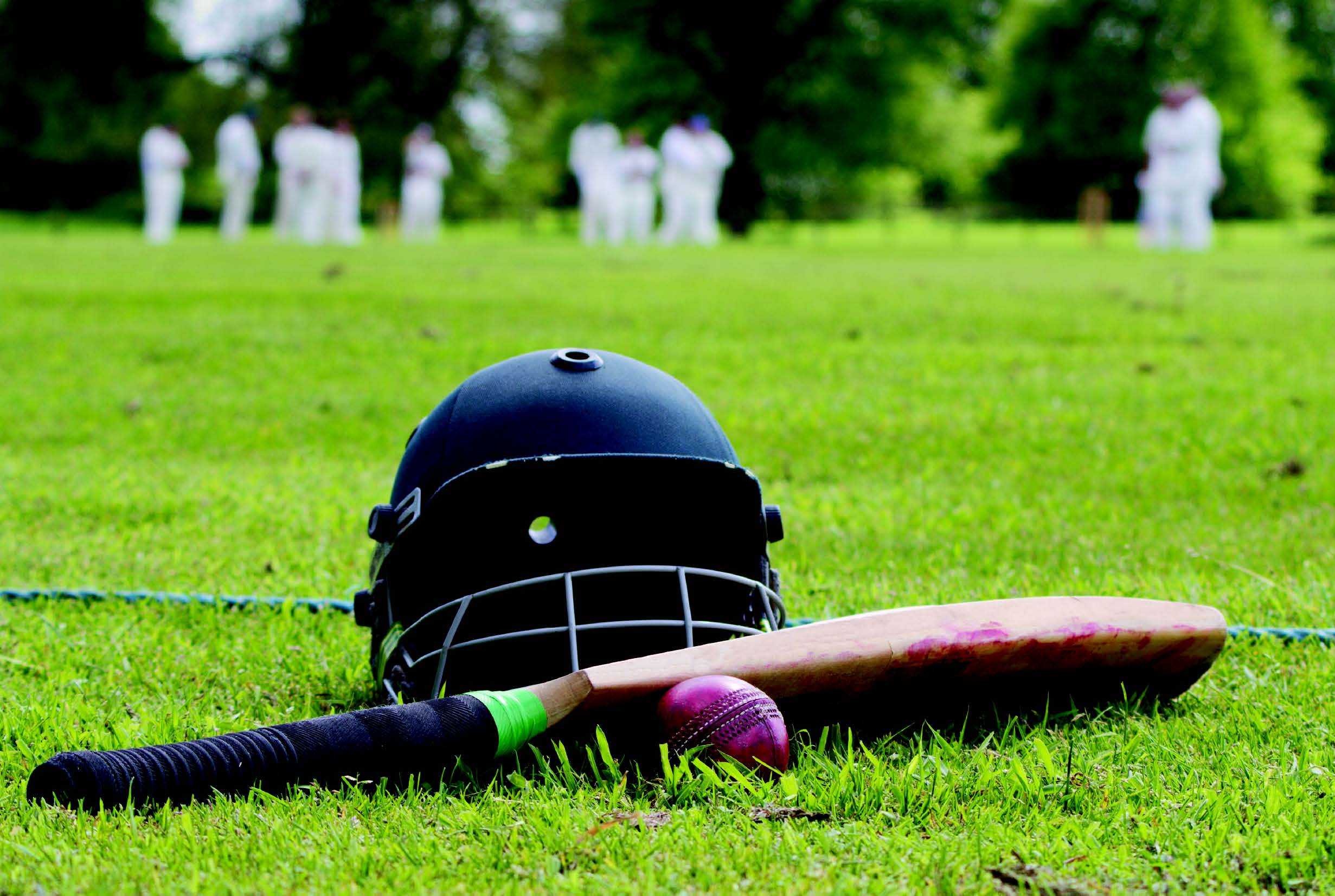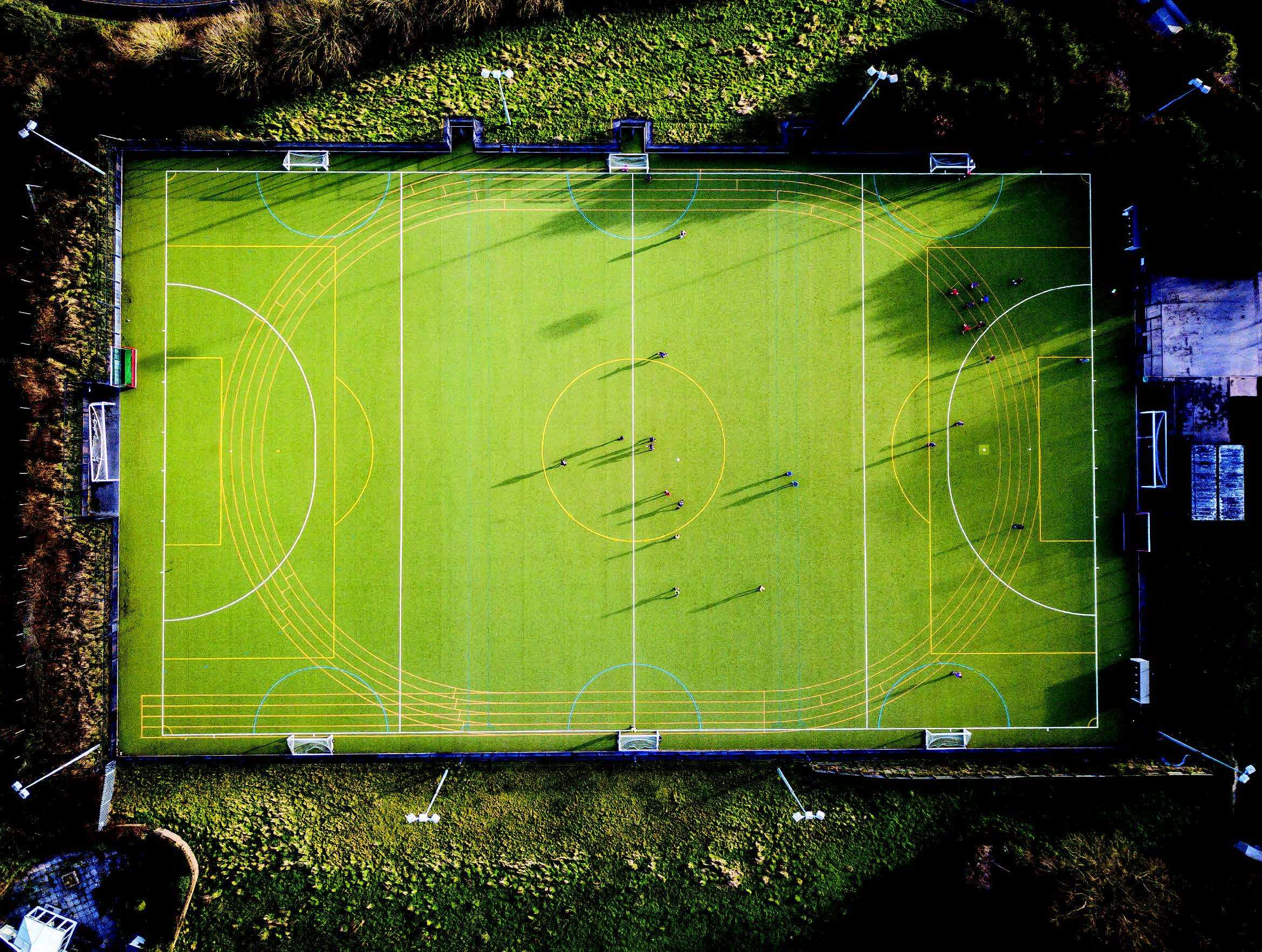
The Game Changer report by the Climate Coalition focuses on golf, football and cricket to provide a snapshot of the problem, backed up by the scientific expertise of the Priestley International Centre for Climate.
What does the science say?
Human emissions of greenhouse gases have led to a rise in global average surface temperature of over 1ºC, with impacts on rainfall patterns, climate and ecosystems all over the world.
Evidence confirms that the UK is becoming warmer and wetter.
During the last 20-30 years, the UK has experienced a rapid increase in extreme weather events such as heavy rainfall, bringing severe flooding in many areas:
Coastal erosion
Our coastline is also at risk from rising sea levels and storm surges. Since 1900, sea levels have risen by an average of 15 - 20cm around the UK and simulations show that they could rise by a further 50-100cm by 2100. The rate of coastal erosion is likely to increase as a result of rising sea levels, more intense storms and increases in intense rainfall.
Our most popular sports hit
Golf
Sea-level rise poses the greatest long-term threat to golf in the UK. More than one in six of Scotland’s 600 golf courses are located on the coast. But increased rainfall and storms –exacerbated by climate change – also play their part.
“It is a fact that increased rainfall and extreme events are causing more disruption in recreational golf,” says Richard Windows of the Sports Turf Research Institute (STRI). “Course closure means reduced revenue from visitor and clubhouse income at a time when additional investment into course maintenance and infrastructure is required to combat the effects of extreme weather. It can trap clubs in a vicious cycle that isn’t their fault and it could potentially be a factor in membership decline.”
Such disruption has seen more courses closed more often and for longer periods of time. The years 2016/17 saw as much as 20 per cent less playing time at courses across the Greater Glasgow area than 2006/7.






A shrinking course at Montrose
Research published in 2016 by Dundee University showed that the North Sea has crept 70 metres towards Montrose golf course within the last 30 years posing a costly threat to the iconic Montrose Links.
“As the sea rises and the coast falls away, we’re left with nowhere to go. Last year we reached a critical point, the rock armour protecting our second tee and first green was no longer sufficient and we were in real danger of losing them,” says Chris Curnin, director at Montrose Golf Links.
“In a perfect storm we could lose 5-10 metres over just a couple of days and that could happen at pretty much any point. It was decided along with help from Angus Council that we would sacrifice our third tee (which is one of the iconic holes) by moving the rocks from there to bolster the rocks at the second tee and first green. We are pinning our hopes on being included in the next round of funding for coastal protection.”
Football
Addressing the impact on Football
In response to the floods of 2015/16, the FA, the Premier League and Sport England made £750,000 available to support affected clubs.
Longer term, the FA will invest £48m in hundreds of new all-weather and specially adapted turf pitches across the country, including new dedicated facilities in 30 cities, in addition to upgrading more than 200 existing pitches nationwide.
Lost revenue at Bromley Heath United Football
Founded in 1966, the Club is the oldest junior football club in Bristol with over 350 young footballers playing at their home ground. The club is a feeder for academies affiliated to professional football clubs including Bristol City and Southampton.
The 2015-16 season was particularly bad for the club with matches called off for 12 weeks due to unplayable pitches. “There was a massive impact on the revenue we were able to earn from the bar and food facilities we usually supply. During that period alone we lost £15,000 in revenue” says club chairman Jamie Andrews-Britton.
Cricket will be hardest hit by climate change
The sport is defined almost entirely by the climatic conditions and if they change, so does the essence of the game. Wetter winters and more intense summer downpours are disrupting the game at every level. According to Dan Musson, the England and Wales Cricket Board’s (ECB) national participation manager, “there is clear evidence that climate change has had a huge impact on the game in the form of general wet weather and extreme weather events”.
The ECB is supporting clubs to restore their facilities
This cost the ECB £1m in emergency grants during 2016 and £1.6m in 2017. This trend has forced the governing body to set aside £2.5m a year for small grants to help recreational clubs keep the game on. The ECB is also conducting research to identify flood risk and producing guidance for clubs on climate-related risks.
The impact on participation – the ultimate risk to the game
Increasingly disrupted games lead people to eventually give up and do something else. Indeed, nearly 40,000 fewer people played cricket in 2015/6 than in 2005/6, a fall of almost a fifth.
The impact on Glamorgan Cricket Club
Dan Cherry, director of operations at the club says the weather is definitely a factor in participation decline: “The impact is becoming more obvious. If fewer people play the game, the whole sport will suffer.”
In recent years, the club has been seriously affected by high levels of rainfall and extreme weather. Since 2000, it has lost more than 1,300 hours of cricket – equivalent to 217 days or at least 20,000 overs. Across the whole County Championship, at least 175 days - around 16,000 overs - have been lost in five of the last 10 years.
“Our experience is becoming the norm for almost every club and it’s difficult even for first-class counties to be commercially viable with such an impact. It’s been worse in recent years – during the 2017 season five of our seven T20 Blast fixtures were badly affected by rain, with three being totally abandoned. T20 Blast is a great way to get new people through the gates and into cricket, but they won’t come back if this keeps happening, and it’s damaged the club to the tune of £1m.”
What’s next?
From cancelled football matches, flooded cricket grounds and golf courses crumbling into the sea: climate change is affecting sports across the country. These impacts are in line with climate trends that will continue if we don’t act to reduce greenhouse gas emissions.
But there is hope. This report shows that sport is starting to play a part in tackling climate change by cutting emissions. In the sporting spirit of aiming to win, there are actions we can take to avoid the worst effects of climate change on sport, and on the whole of society:
Internationally, companies, governments, financial institutions and the sporting industry must act to reduce emissions in line with the ambition of the Paris Agreement, to prevent global temperatures from rising more than 1.5°C. Nationally, governments across the UK must introduce policies to ensure we meet or exceed the targets set out in the Climate Change Act. Sports bodies should follow the lead of the clubs showcased in the Game Changer report, and work to reduce their own carbon emissions and other environmental impacts
Sports improving sustainability credentials
Improving golf’s environmental record
The R&A, the European Tour, Scottish Golf, the GEO Foundation and the STRI have developed initiatives to equip golf courses to adapt to the impacts of climate change and help the sport become more sustainable.
Through the Green Links programme, the R&A aims to make The Open Championship one of the world’s most sustainable sporting events. The programme involves venues meeting a set of criteria across the categories of nature, water, energy, supply chain, pollution control and community, while working with ecology experts to enhance the habitat for wildlife. These criteria are assessed under the GEO Certified® scheme, administered by the Golf Environment Organisation (GEO) and all 10 Open Championship venues have now achieved GEO Certified.
Football is kicking off sustainability
Manchester City’s Football Academy has won a Gold Standard award from Leadership in Energy and Environmental Design for its environmental performance in transforming over 30 hectares of post-industrial land. Once toxic land, the site now has extensive wild flower meadows, grasses and wetland as well as 2,000 trees to provide a home for a variety of wildlife.
Each hectare of the academy’s turfgrass absorbs 6.5-8.5 tonnes of CO2. Recycling and reuse means zero waste is sent to landfill, while 80-100 per cent of the club’s irrigation water is gathered onsite through harvesting and storage.
Sustainability starts at home
Following a full analysis of its operations, Glamorgan Cricket Club is improving sustainability across suppliers and caterers, electricity and gas use, water and waste management, and away-day travel.
Since 2013, Glamorgan has achieved a 10-15 per cent reduction in electricity use and a similar reduction in gas use and emissions related to away-day travel. Measures ranging from new appliances and fittings to staff training have helped deliver an overall reduction of 137 tonnes of CO2 in the first years of their sustainability programme, all achieved while spending has remained stable and revenues have increased.